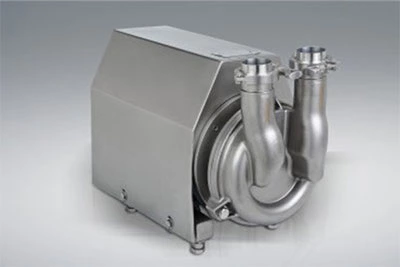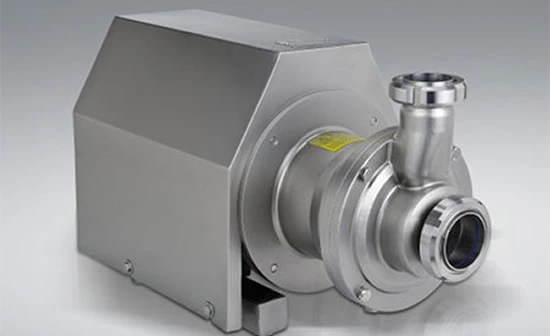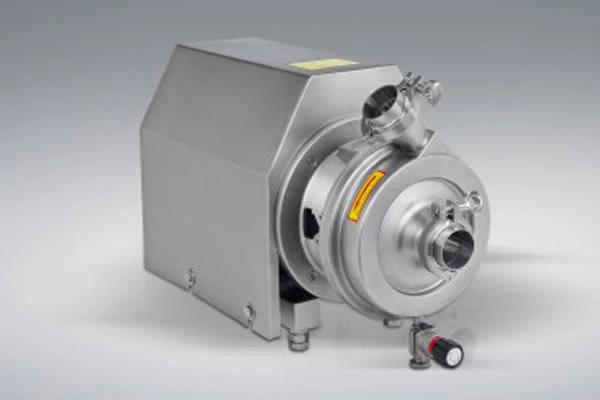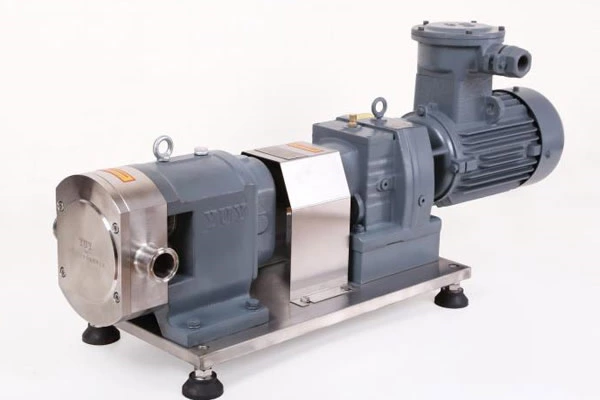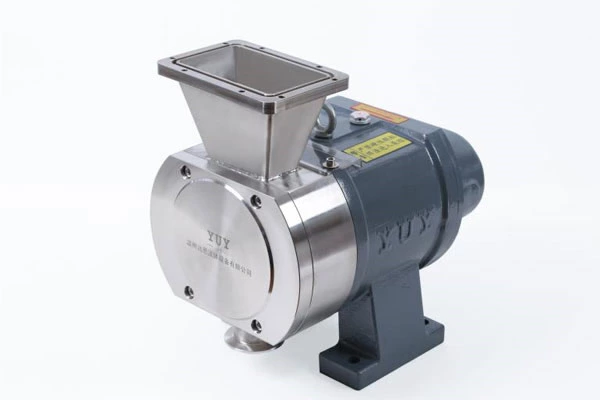Analysis of the failure of the mechanical seal of the sanitary centrifugal pump②
Publish Time: Author: Site Editor Visit: 1285
The actual use results show that the most failure of the sealing element is the end face of the dynamic and static ring. The sanitary pump seals the dynamic and the static ring end face is cracked. It is a common failure phenomenon. The main reasons are:
- During installation, the sealing surface gap is too large, and the flushing fluid is too late to take away the heat generated by the friction pair; the flushing fluid leaks from the sealing surface gap, causing the end surface to be overheated and damaged.
- The liquid medium vaporizes and expands, so that the two end faces are separated by the vaporization and expansion force. When the two sealing faces are firmly attached, the lubricating film is destroyed and the end face surface is overheated.
- The liquid medium has poor lubricity, and the operating pressure is overloaded, and the tracking and rotation of the two sealing surfaces are not synchronized. For example, the high-speed pump speed is 20445r/min, the center diameter of the sealing surface is 7cm, and the linear speed of the pump is as high as 75 m/s after the pump is running. When a sealing surface lags behind and cannot track rotation, the instantaneous high temperature causes the sealing surface to be damaged.
- The orifice plate or filter screen of the sealing flushing fluid is blocked, resulting in insufficient water volume and failure of the mechanical seal.



